Les Géans from "Le Temple des Muses"
Les Géans is a black and white etching on wire rod paper, realized by the old master Bernard Picart , and representing the myth of the Giants attempting to climb up to Heaven by piling mountains one on top of the other.
This plate from the print series Le Temple des Muses was published in Amsterdam in 1742 by Zacharias Chatelain. The caption and author inscription " B. Picart del. 1731 " appear below the engraved frame, on the lower left margin.
In good conditions, except for a usual yellowing of the margins and some stains on the left margin close to the binding.
Les Géans is a black and white etching on wire rod paper, realized by the old master Bernard Picart , and representing the myth of the Giants attempting to climb up to Heaven by piling mountains one on top of the other.
This plate from the print series Le Temple des Muses was published in Amsterdam in 1742 by Zacharias Chatelain. The caption and author inscription " B. Picart del. 1731 " appear below the engraved frame, on the lower left margin.
In good conditions, except for a usual yellowing of the margins and some stains on the left margin close to the binding.
Le Temple des Muses is an illustrated book of Ovid's most popular fables and other Greek myths, published in 1733 in Dutch ( Tempel der Zanggodinnen ), in 1738 in English, and in 1742 in French by Zacharias Chatelain. The engravings had captions in four languages: French, English, German, and Dutch.
The wonderful sixty plates engraved by Bernard Picart were a sort of fashionable mythological compendium , very useful in the eighteenth century, when the fascination with Greek and Roman antiquity coincided with the systematic excavation of the ruins at Pompeii and Herculaneum in southern Italy; after 1750, a neoclassical style dominated all artistic fields.
Bernard Picart (Paris, 1673 – Amsterdam, 1733) was a French engraver, well-known for his illustrated books, including the Bible and Ovid. His most famous work is Cérémonies et coutumes religieuses de tous les peuples du monde , published from 1723 to 1743, and defined " an immense effort to record the religious rituals and beliefs of the world in all their diversity as objectively and authentically as possible " by Jonathan I. Israel.





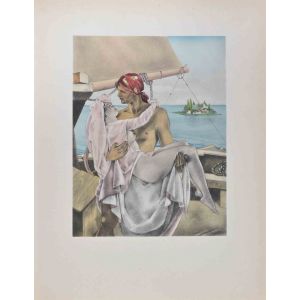
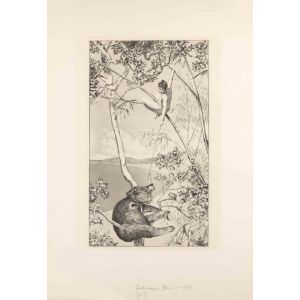
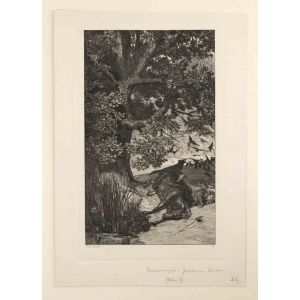

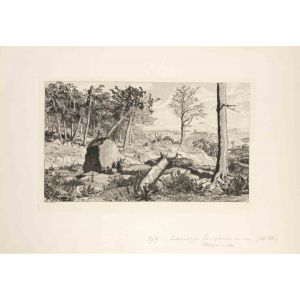
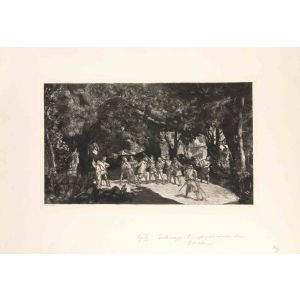
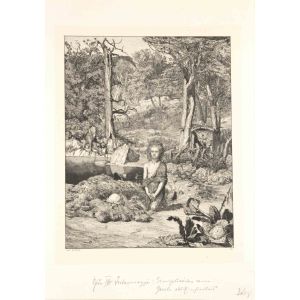
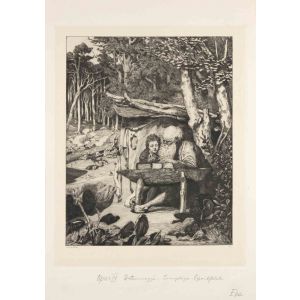
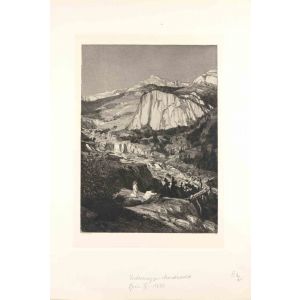

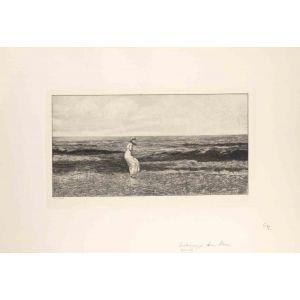
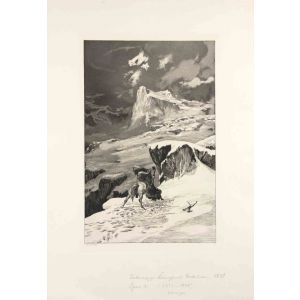






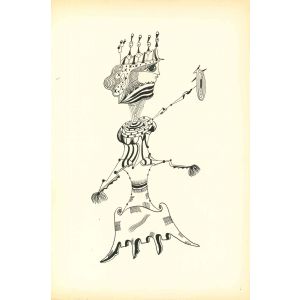
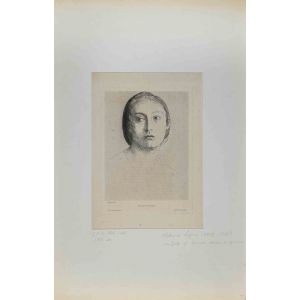



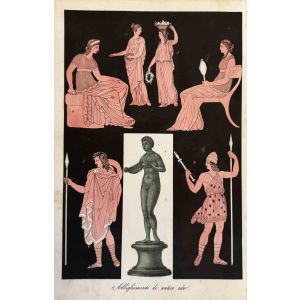




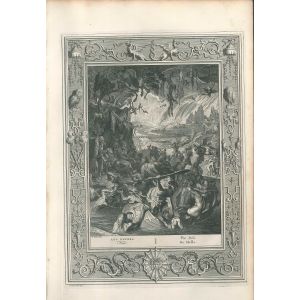

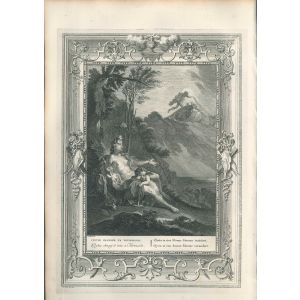
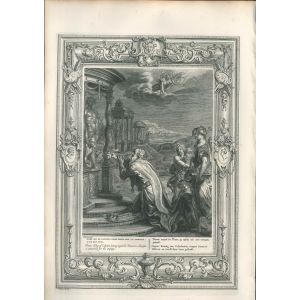
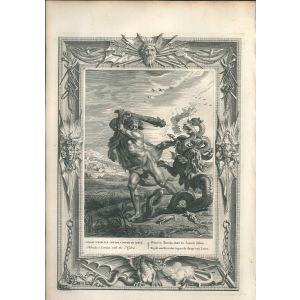





Validate your login
Sign In
Create New Account